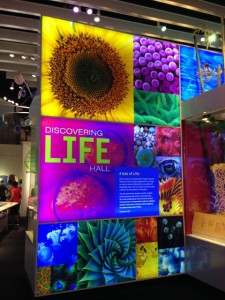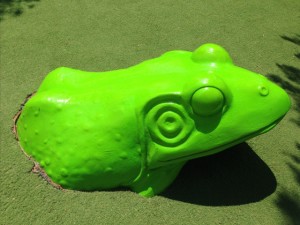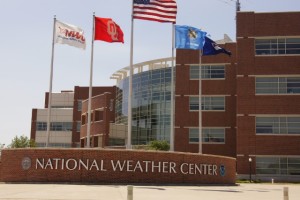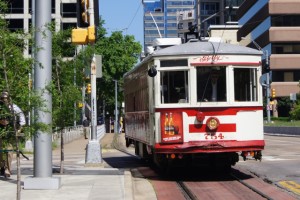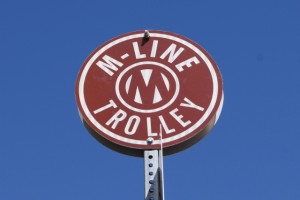I love quirky, Texas attractions. The Helium Monument in Amarillo is one oddity I can now check off my bucket list. Built in 1968 to celebrate the 100th anniversary of the discovery 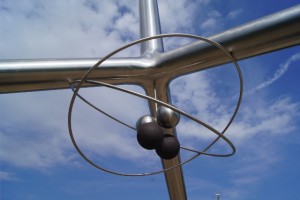 of helium, the Helium Monument is part monument and part time capsule.
of helium, the Helium Monument is part monument and part time capsule.
Time Capsule
Supported by four slanted columns, the stainless steel structure reaches towards the sky. Filled with books, papers, and memorabilia from 1968; each hollowed column serves as a time capsule to be opened at different intervals. The first column was opened after 25 years in 1993. The remaining columns will be opened in 2018, 2068, and 2968. I’m singularly impressed that the final column won’t be opened for 1000 years! A bank passbook for $10 is in the 2968 column. In 1968, the $10 savings account earned four percent interest. You do the math. If the savings account continues to draw four percent interest over 1000 years, the $10 account will have grown to one quintillion dollars!
Why combine a helium monument with time capsules? Helium can be used to protect fragile documents, like the Declaration of Independence, from deteriorating. In the Helium Monument, helium pumped into each column replaced oxygen-rich air, further preserving the time capsule documents.
Helium Capital of the World
A monument to helium may seem strange. It is not so odd when you learn the Cliffside Gas Fields near Amarillo produce over 40 percent of the helium used in the US, lending credibility to Amarillo’s nickname as the Helium Capital of the World.
Helium is mined by super chilling natural gas 300 degrees. Operated by the Bureau of Land Management (BLM), Cliffside Gas Fields began mining the element in the 1920s. Uncle Sam tried to get out of the helium business. However, attempts to privatize mining have not been wholly successful and the BLM continues to operate the Cliffside location under the Helium Stewardship Act of 2013. Helium is important for more than just party balloons. Today, helium plays a critical role in MRI operation, rocket fuel, cryogenics, and as a cooling medium in nuclear reactors.
When you go
The Helium Monument is located adjacent to the Don Harrington Discovery Center at 1200 Streit Drive, Amarillo. The monument is outside, so you can view it at any time. However, if you are traveling with children, be sure to also visit the Don Harrington Discovery Center. The discovery center is open Tuesday through Saturday (9:30 a.m. to 4:30 p.m.), and Sunday (noon to 4:30 p.m.).

